IoT solution for Aeroponic System
The concept for this challenge is an IoT system in which hardware uses imaging technology to capture real-time data on issues affecting potatoes growing in aeroponic systems, while the software processes this data to provide action and treatment recommendations through an application for the farmer.

Objective and Challenge
The project’s objective was to scale up aeroponic potato farming, which requires less water and produces higher yields than traditional farming. In aeroponic farming, potato roots hang in the air and are continuously sprayed with a nutrient-rich mist. However, growing nutrient-dense plants like potatoes in these systems is challenging because the roots are hidden from view, making it difficult to detect emerging issues. If problems in the system go untreated, the plants can begin dying within minutes.
Our mission was to develop a concept that enables farmers to respond quickly to these issues, reducing reaction time and making aeroponic potato farming more reliable, profitable, and scalable.
Design Process
The design process utilized a design-thinking approach over nine months to address the challenge of scaling up aeroponic potato farming. The process started with a broad exploration of urban farming. From exploration, potential challenges were identified, which were addressed through rapid prototyping. These prototypes were tested with users to refine the solution and ensure its alignment with user needs.
Rapid prototyping

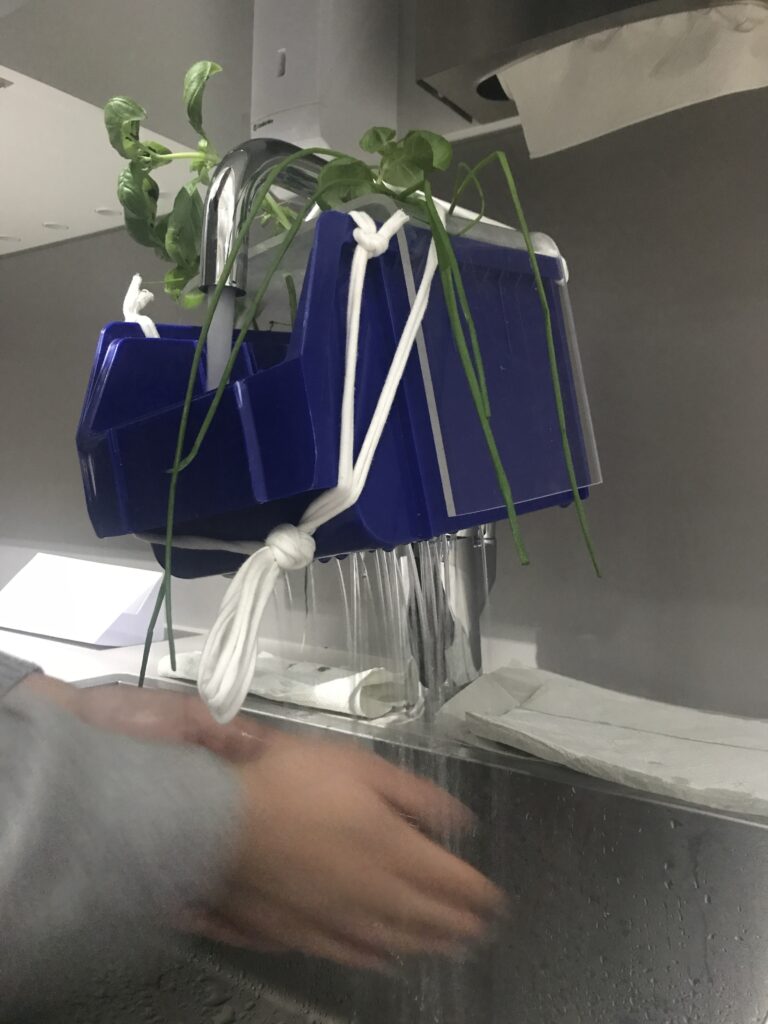
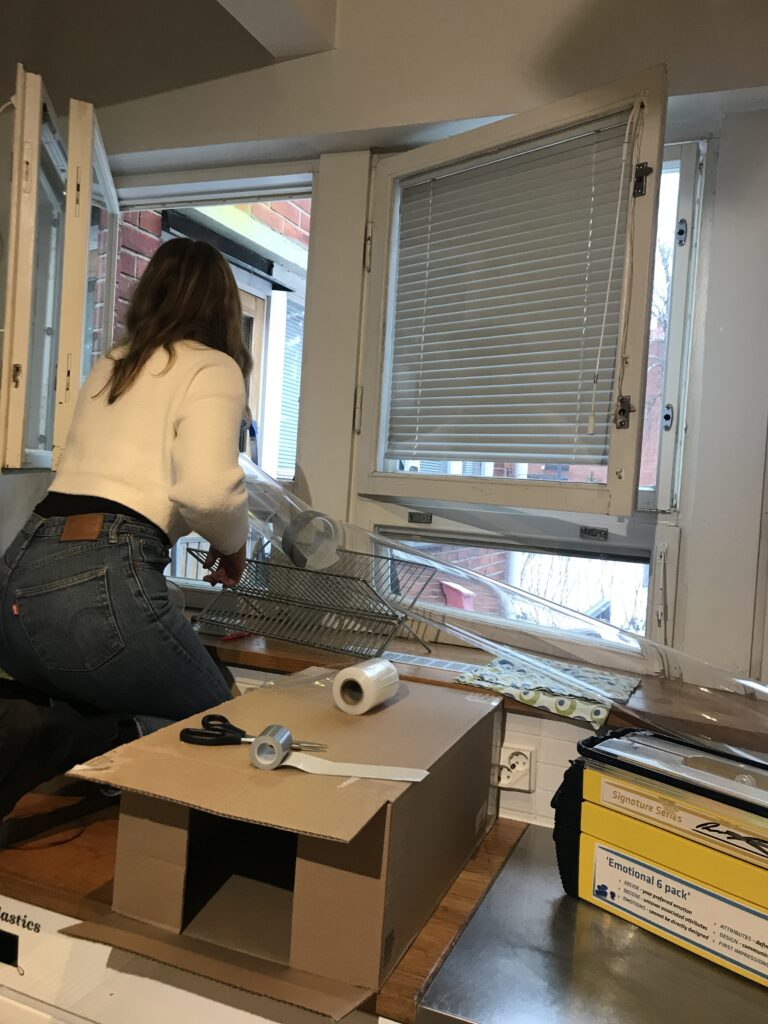
User flow of the app

Wireframing the app prototype in Figma
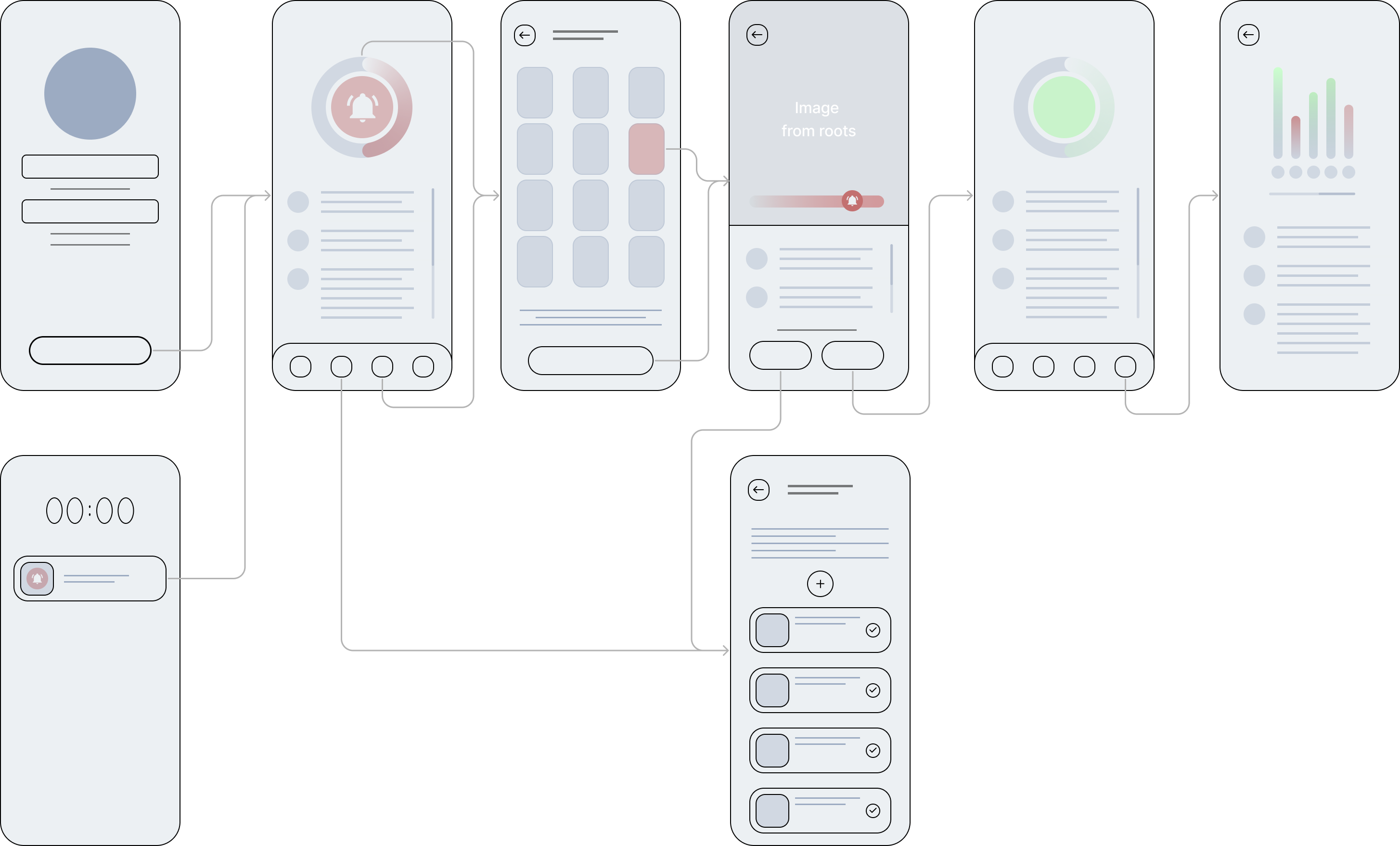
UI Design and Results
Key findings highlighted the need for continuous monitoring and actionable insights to mitigate risks like clogged nozzles or pest spread. The final result integrates IoT and imaging technology (IALL lens) to monitor potato root health, analyze data through cloud processing, and provide real-time alerts and actionable recommendations through a user-friendly app.

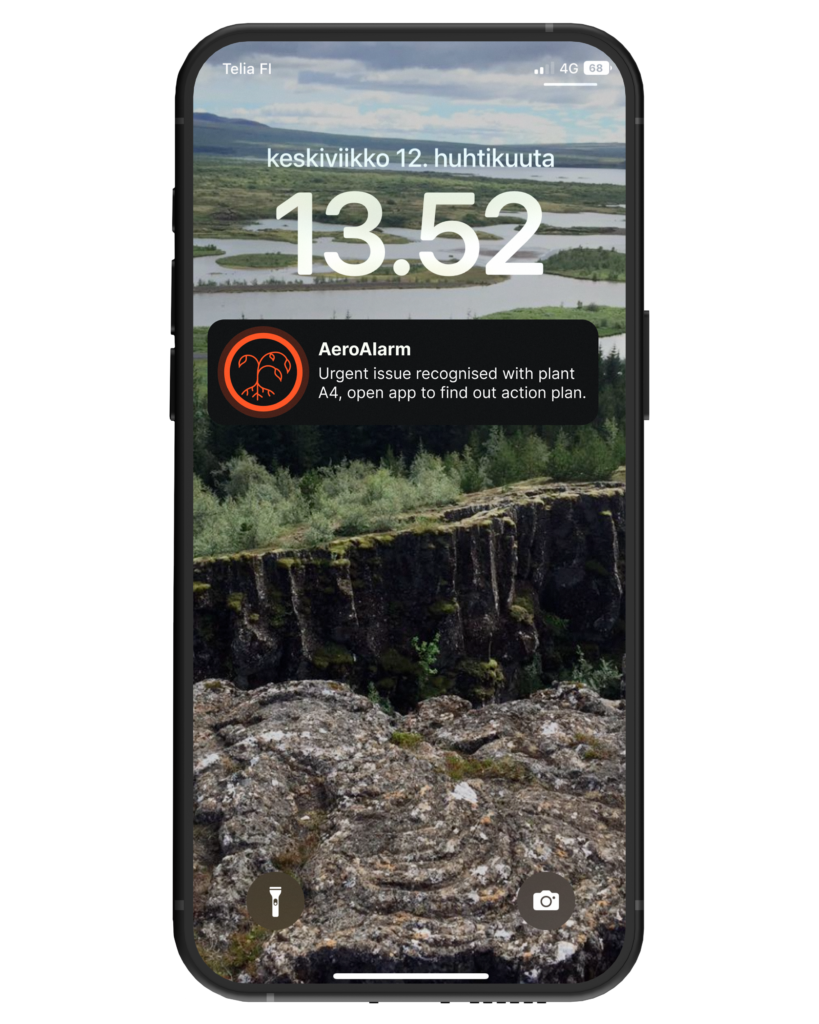

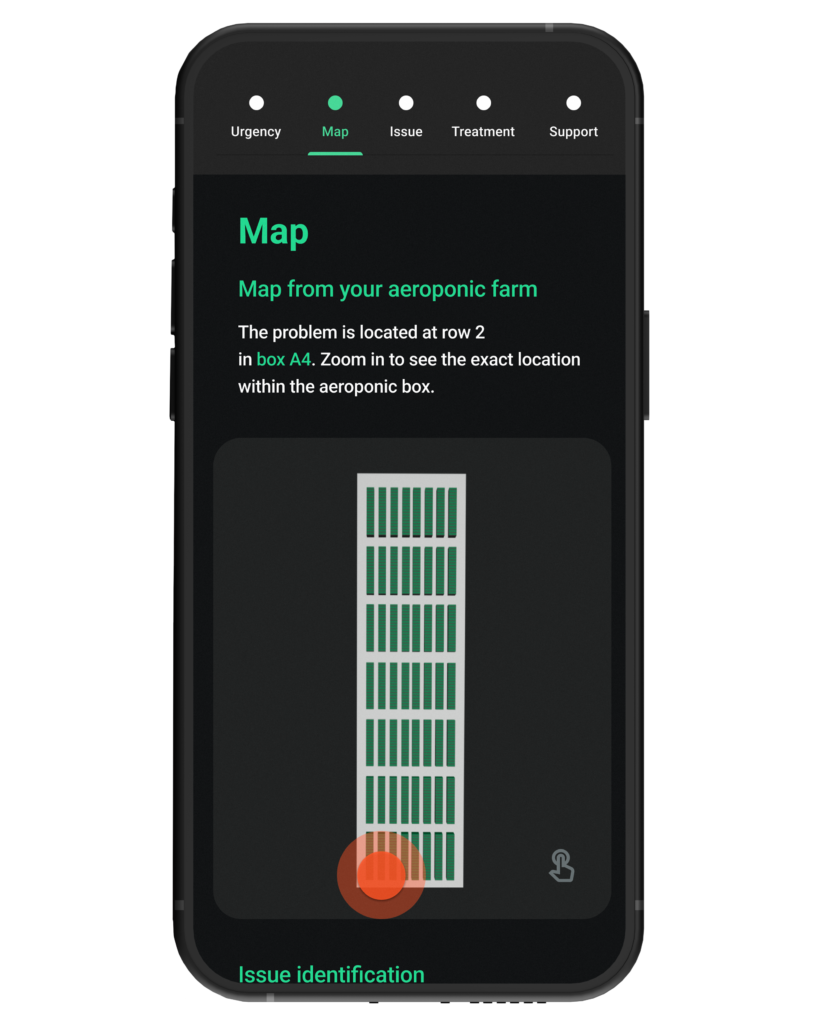
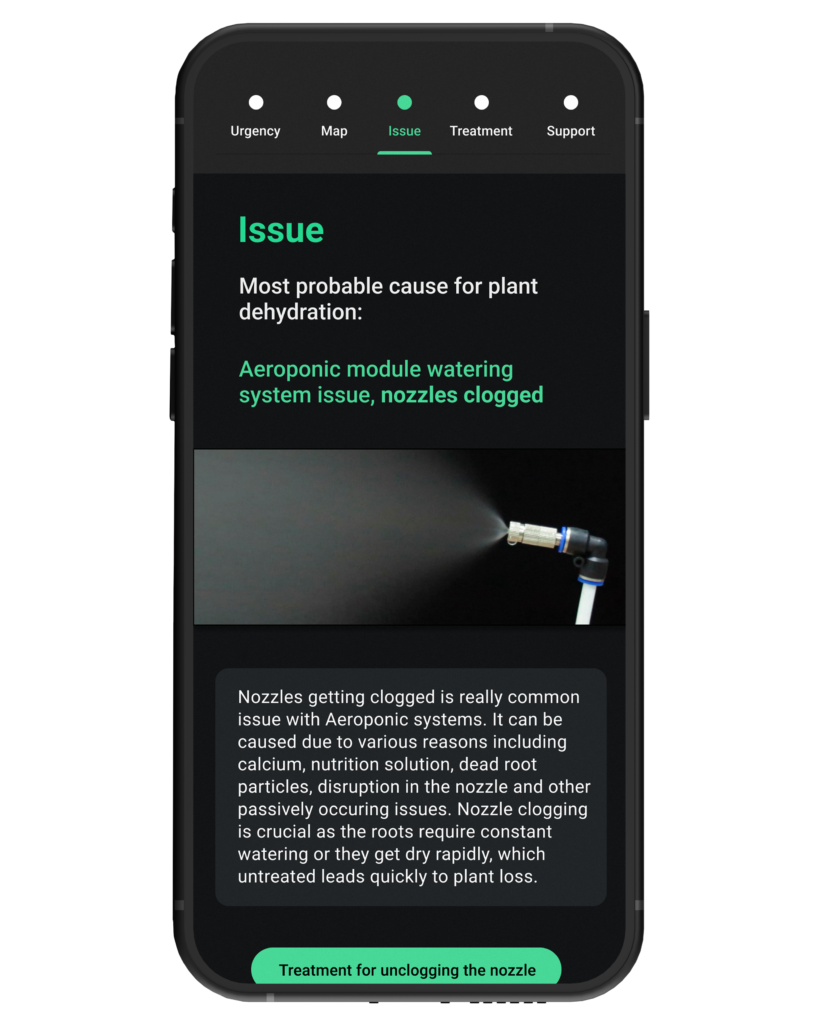

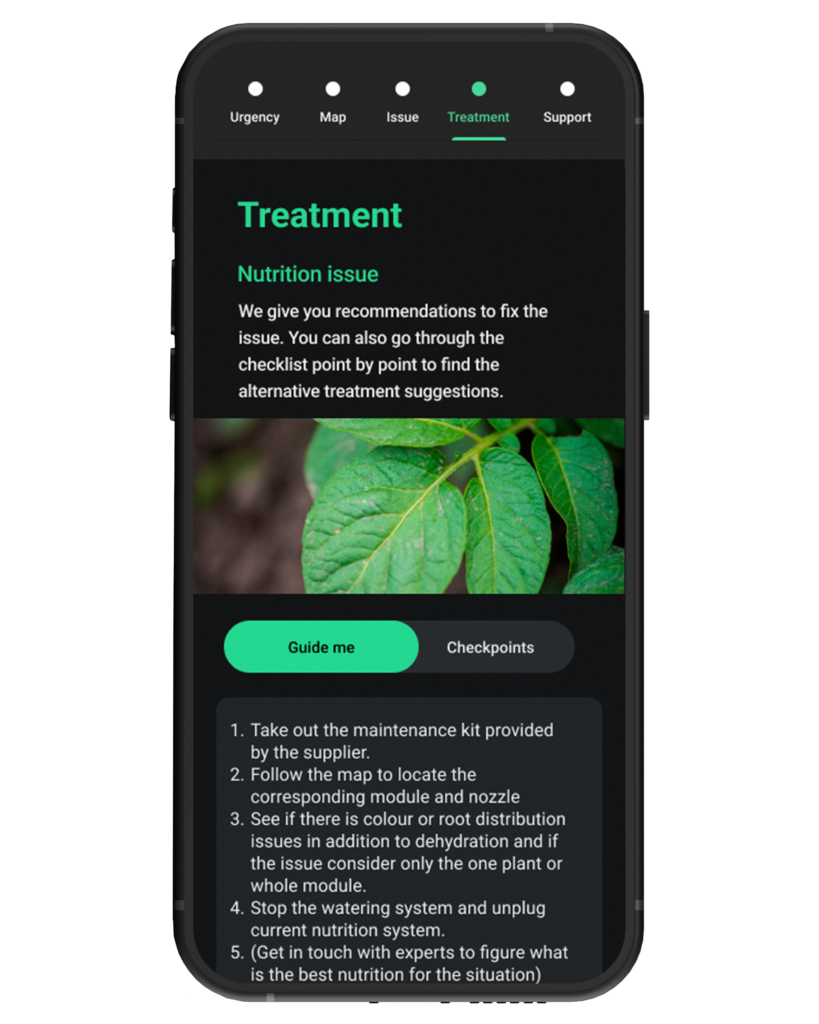

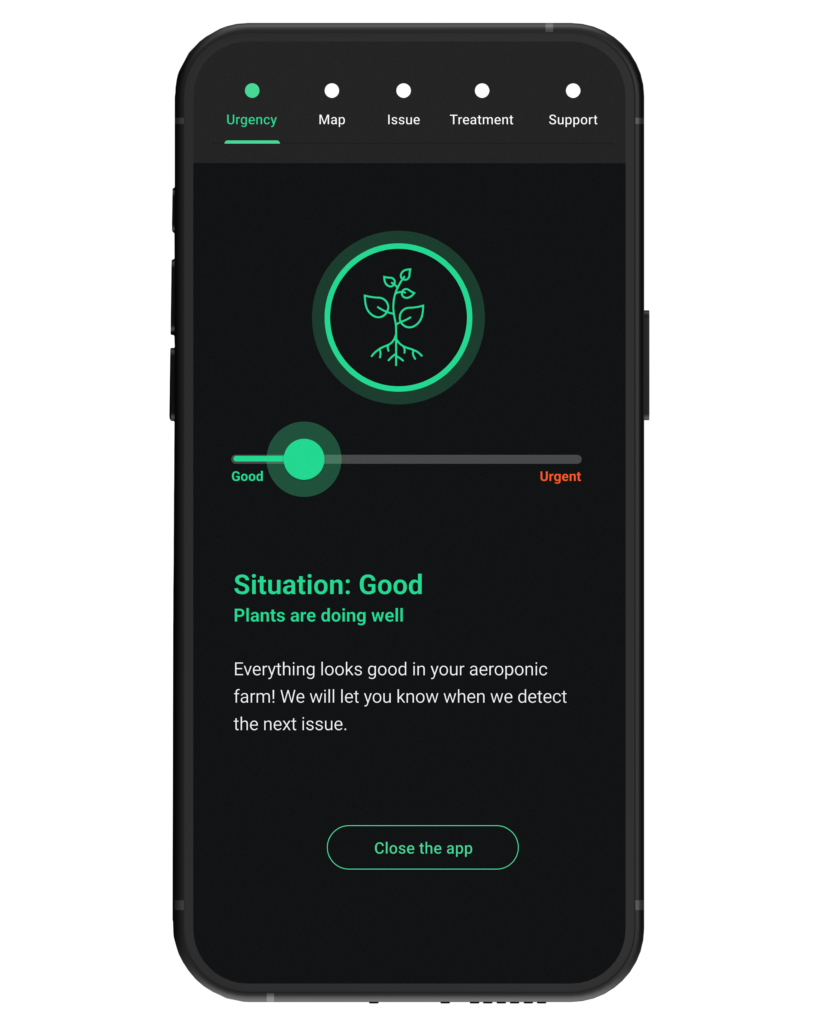
Roles and Responsibilities
My role in this project was to work in a multidisciplinary team as the design expert. From research to prototyping and testing, the various design phases were conducted collaboratively with the whole team. The project was conducted in collaboration with Kia Vuoksenmaa (business student), Otto Helakorpi (technology student), and Alischa Thomas (technology student). My main focuse and contribution as the designer was on designing the user experience and interface of the final prototype application.
Try the prototype:
Click the prototype and try its functions